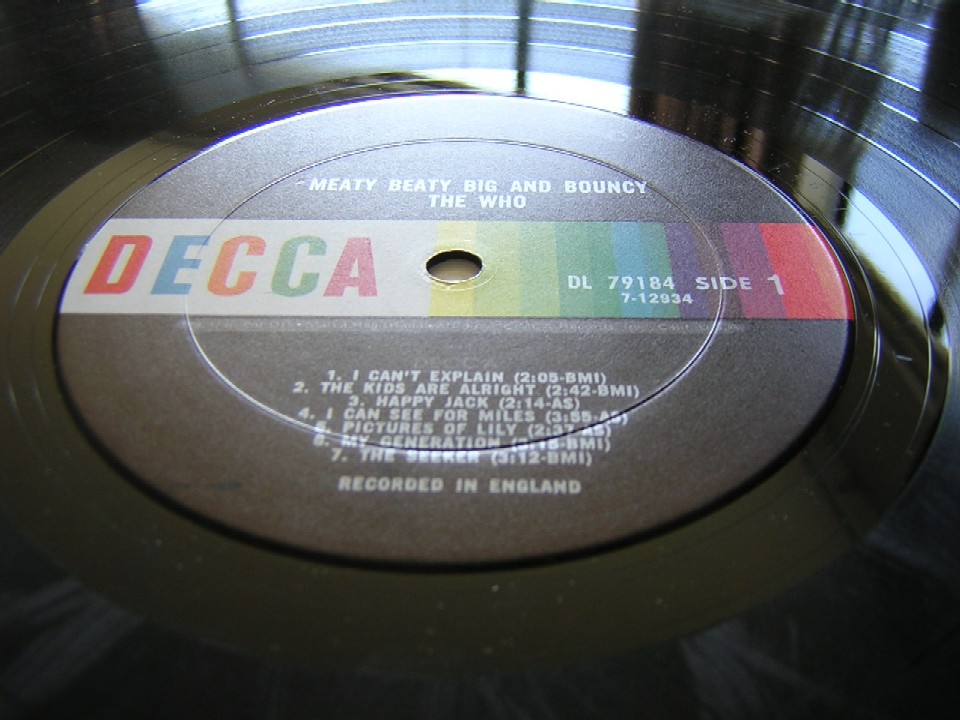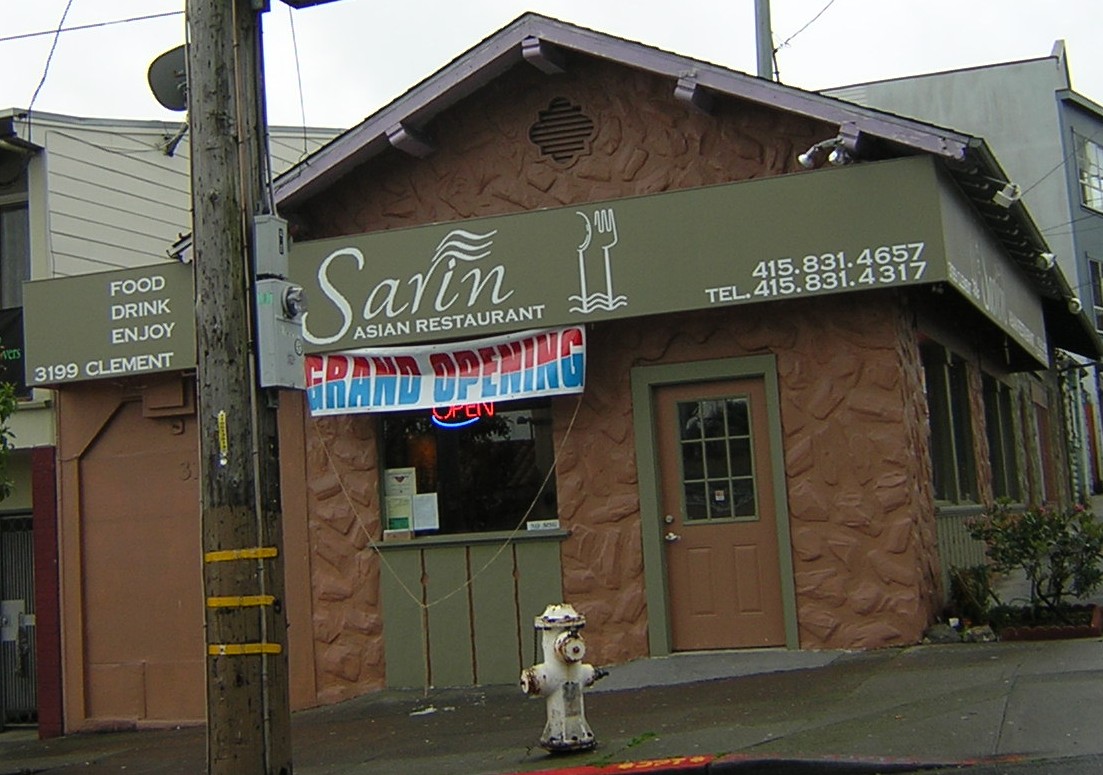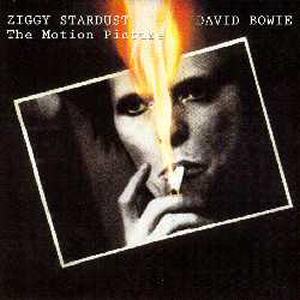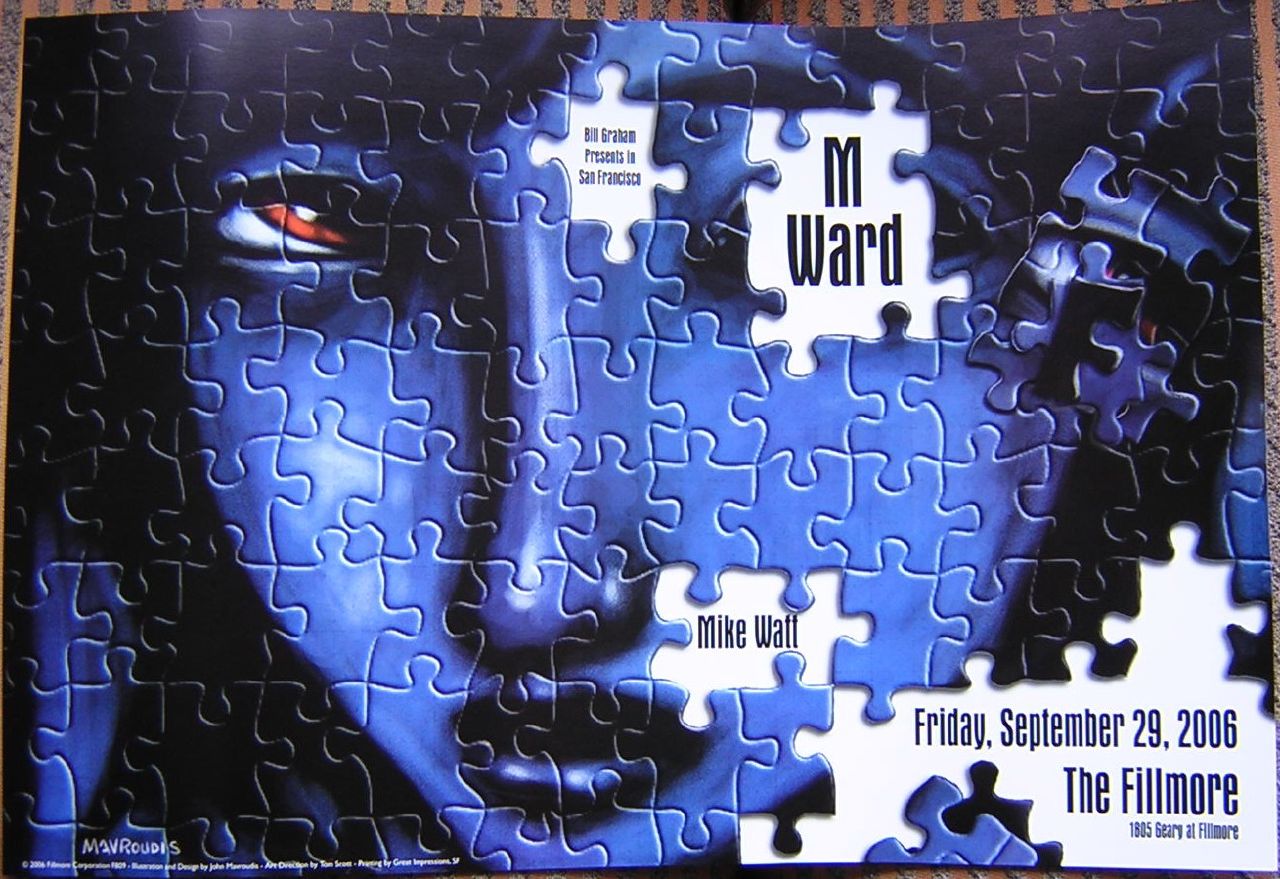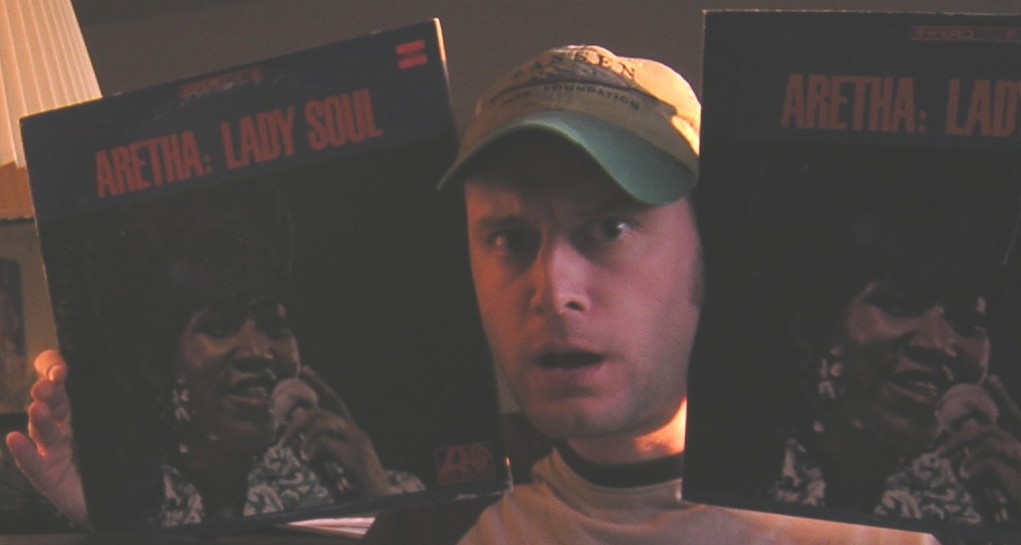Doc Days II
As promised, I returned to the Balboa Theater for five more hours of cinema on Wednesday evening. At this moment, I've seen all the short- and long-form documentaries nominated for Oscars... except for the likely long-form winner, An Inconvenient Truth.
I arrived at 5:30 and stood in a rapidly extending queue that snaked out into the street. By 6:00 I had what I thought was a prime seat... until the guy behind me, his cap covered in San Francisco Giants pins, started muttering and talking to himself throughout the first show. I think he might've been mentally challenged. He left after one film and I was fine from then on. By the final selection, every seat in the house was full. Hope the theater made lots of money on refreshments.
∙Rehearsing A Dream, 39 minutes. The short-form category is split evenly between third-world misery and fine/performing arts. Rehearsing A Dream brings us to a week-long art camp for high school students funded by the National Foundation for Advancement in the Arts. They dance, sing, make music, paint, write, sculpt, create. We hear that they are (surprise!) misfits in their hometowns. I didn't find the filmmaking particularly exceptional -- it's the kids' talent that carries this one. Hope BushCo doesn't cut the program.
∙Deliver Us From Evil, 101 minutes. And so to the child-molesting priest movie, set largely in the Central Valley and Gold Country regions of California. This is really two parallel stories, one personal, one political. A Catholic priest can't control his urges and ruins the lives of dozens if not hundreds of children. Then, church officials go to bat for him, shuttling the offender from town to town rather than allow negative publicity to ruin a senior bishop's chance for promotion within the church hierarchy. The American justice system fails too, and we see little evidence that the priest will ever be stopped. There is some debate as to how fair Amy Berg's film is, but little doubt that the events depicted are some of the most disturbing captured on film this year. Where some of the other nominees just point the camera, Berg develops two strong narratives that run side-by-side. It's hard to imagine a better documentary being made in 2006, no matter who gets the trophy. (It's earned a rare 100% positive rating among the reviews aggregated on RottenTomatoes, for whatever that's worth.)
∙Recycled Life, 38 minutes. Yes, I sat through most of it again, just so I wouldn't lose my seat for....
∙Iraq In Fragments, 94 minutes. A somewhat more artistically assembled film than My Country, My Country, this takes us to the streets of Baghdad, rallies in Sadr City and sheep-grazing lands in Kurdistan. The first segment, in which we see a boy struggling in school and being knocked around by his dad, was the weakest, but the second section was the most illustrative document I've yet seen regarding the following of Moqtada al-Sadr south of Baghdad. I'm still lost in the fog of war when I try to examine factionalism in occupied Iraq up close, but this film sharply communicates a lot of what you don't see on TV. Terrorists? Militias? They don't like American influence, they don't like Saddam, and they sure don't like people who sell alcohol in Sadr City. (Gosh, Moqtada's younger than I am.) The pastoral Kurds, some of whom work in a sooty brick-firing plant, seem terribly vulnerable, and suggest that Iraq's future is indeed fragmented, as three separate countries.
I'm actually hoping that the Balboa charges money for this next year. I'd pay full price both days.
